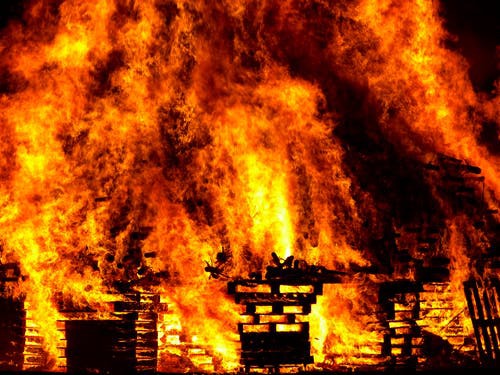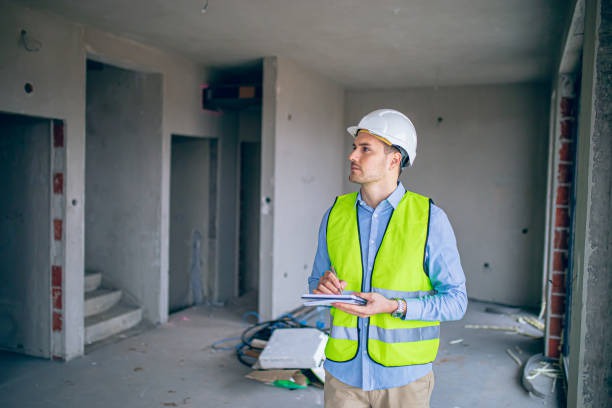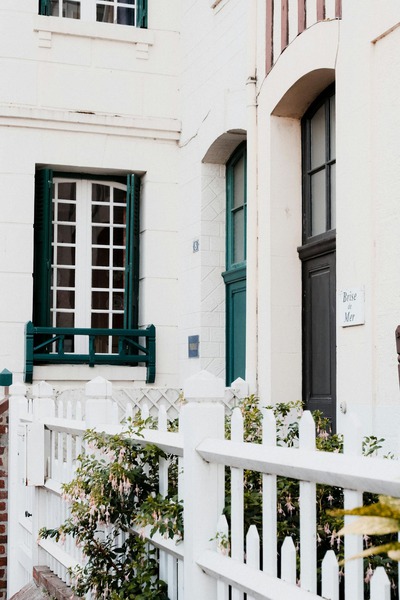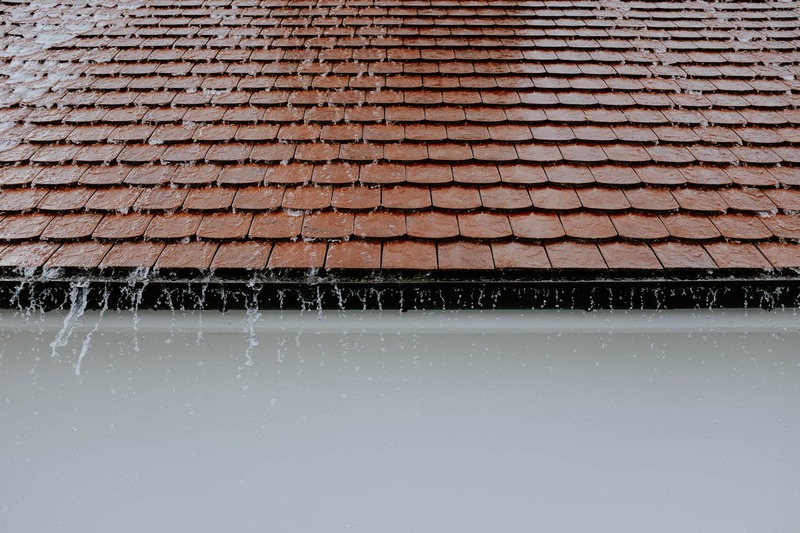Mould is an uninvited guest that can creep into our homes and bring along a host of health risks. Often thriving in moist and damp conditions, mould releases spores that can be easily inhaled, potentially leading to various health issues. While it might seem like a minor nuisance, addressing mould problems promptly is crucial for maintaining the well-being of your household.
Health Consequences of Mould Exposure
Exposure to mould can trigger a range of health concerns, varying from mild to severe. Let’s explore some of the primary health risks associated with mould:
1. Respiratory Issues
When inhaled, mould spores can significantly irritate the respiratory system. This might lead to symptoms such as coughing, wheezing, and, in more serious cases, asthma attacks. Individuals with preexisting respiratory conditions are particularly vulnerable to these effects.
2. Allergic Reactions
Many people have allergic reactions to mould spores. These reactions can include symptoms like sneezing, runny nose, red eyes, and skin rashes. Continued exposure can exacerbate these symptoms, contributing to prolonged discomfort.
3. Weakened Immune System
Mould exposure can adversely affect the immune system, making it harder for the body to fight off infections. This is especially concerning for young children, the elderly, and individuals with compromised immune systems.
Identifying and Addressing Mould Presence
Knowing where and how to spot mould is essential for tackling the issue effectively. Mould is often found in areas prone to moisture, so inspect those first.
Common Areas for Mould Growth
-
Bathrooms: The constant presence of water makes them a hotbed for mould growth.
-
Kitchens: Leaky faucets or plumbing can provide the dampness mould needs.
-
Basements: Often poorly ventilated and dark, these are prime locations for mould.
-
Attics: Roof leaks can allow water to seep in, creating an ideal environment for mould.
Signs of Mould Infestation
-
A musty odor is often indicative of mould presence.
-
Discoloration or dark patches on walls, ceilings, or floors.
-
Consistent condensation on walls or windows can facilitate mould growth.
Identifying these signs early can help mitigate extensive damage and health issues.
The Importance of Professional Mould Removal
While DIY methods can work for minor infestations, larger mould problems require professional intervention. This is where engaging expert mould removal services becomes vital. Professionals can ensure that the mould is thoroughly removed and take measures to prevent future occurrences.
Steps in Professional Mould Removal
-
Assessment: Experts will evaluate the extent of mould growth and identify the type of mould present.
-
Containment: Preventing the spread of spores is crucial, so areas are sealed off during removal.
-
Removal and Cleaning: Using specialized equipment, professionals will remove contaminated materials and clean affected areas.
-
Prevention Measures: Suggestions on controlling moisture and improving ventilation are provided to prevent mould regrowth.
By choosing professional help, you ensure that the mould issue is addressed thoroughly and effectively.
Prevention Tips to Protect Your Home
Prevention is always better than cure. Here are some actionable steps to reduce the chances of mould infesting your home:
1. Maintain Proper Ventilation
Ensure proper ventilation in areas prone to moisture, such as bathrooms and kitchens. Installing exhaust fans or opening windows can significantly reduce moisture levels.
2. Repair Leaks Promptly
Leaks in your home’s roof, walls, or plumbing should be addressed immediately. Even small leaks can lead to significant mould growth over time.
3. Control Indoor Humidity
Utilize dehumidifiers to keep indoor humidity levels below 60%. Hygrometers can help monitor and regulate these levels effectively.
4. Regular Inspections
Conduct routine inspections for signs of moisture and mould, especially after severe weather conditions. Early detection can save time, effort, and money in the long run.
In cases where mould issues stem from larger structural or water damage problems, engaging a home restoration company can be beneficial. They have the expertise to handle not only mould removal but the underlying causes that may have facilitated the growth.
Cleaning Up After Floods
Flooding can, unfortunately, introduce mould into the home. For those situated in flood-prone areas, knowing how to recover your space from water damage safely is crucial.
Professional Flood Damage Restoration
If you’re facing flood damage restoration in Mississauga, ON, or any other location, employing experienced services can mitigate long-term consequences. These professionals are skilled in drying out the property quickly and efficiently to prevent mould growth.
Final Thoughts
Keeping your family safe from the hazards of mould involves both awareness and proactive measures. Understanding the health risks, spotting the warning signs, and knowing when to call in the professionals can go a long way in protecting your loved ones. Remember, your home is a safe haven, and maintaining its health is fundamental to ensuring peace of mind for all its occupants. Ultimately, fighting mould is not just about removing it when it appears but cultivating an environment where it struggles to thrive in the first place. Let this guide be your starting point as you safeguard your home and family from mould’s insidious grip.





